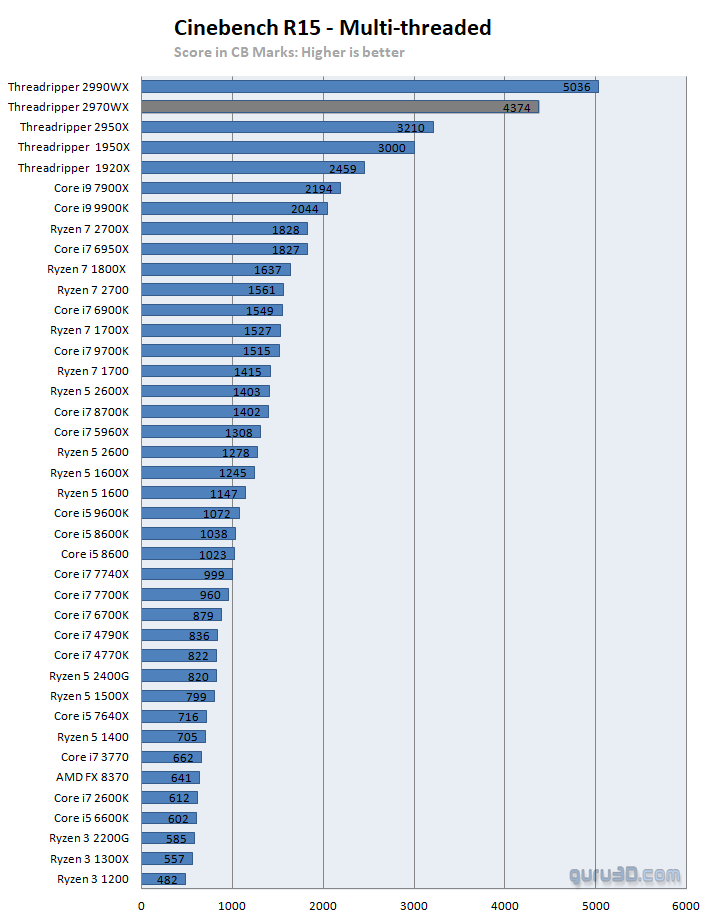Performance - CineBench
Processor performance: CineBench 15
CB15 supports systems with up to 256 threads. The performance of processors and graphics cards is, as usual, determined on the basis of 3D scenes. A selection of test results allows a rough classification of the benefit of your own system. For the CPU test is a scene with around 280,000 polygons used, while the GPU test based on OpenGL comes with about a million polygons, high-resolution textures, and various effects. The results will be issued in final points (CPU) and fps (GPU). According to the developers, the software has been "extensively developed to exploit the performance of new hardware as possible." The results are unsurprisingly not comparable with those from earlier versions. You'll notice we still need to add a number of processors, all in due time. You'll notice the single core perf paints a completely different picture here.
Instructions per cycle (IPC)
Below I have started a new IPC test, now forgive the lack of results (I ditched the CPU-Z results after they changed the benchmark in the newer revision). This is the single CB15 run with the cores all locked (fixed) at 3500 MHz.
This IPC test will build up and get updated over time. Basically, we lock all processor cores at 3500 MHz. We disable turbos and things like XFR. That way you can see the architecture performance of the processor clocked at exactly the same frequency. This is a single thread measurement. For many people, this is the holy grail of CPU measurements in terms of how fast an architecture per core really is. I, however, tend to say there's more to it than that, and that would be higher frequency allowances defining that per core performance.




